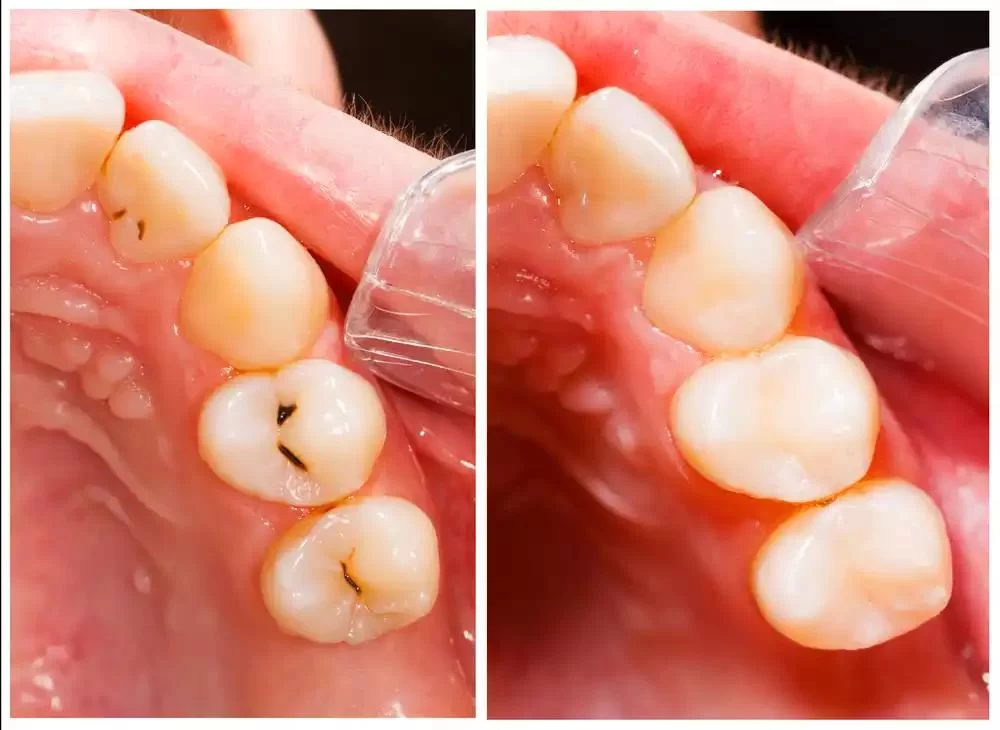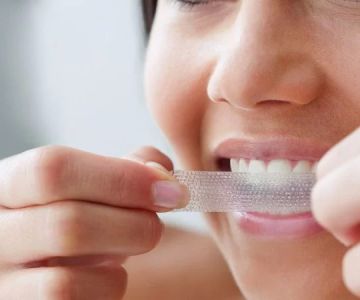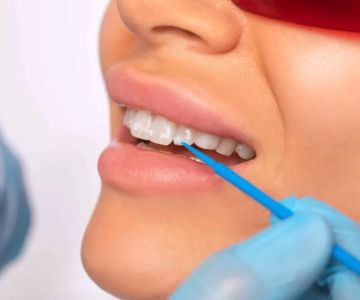
- Common Causes of Tooth Sensitivity After Filling
- How Dental Fillings Can Trigger Sensitivity
- Real-Life Case Study on Post-Filling Sensitivity
- Professional Advice for Managing Tooth Sensitivity
- Preventive Measures and When to See a Dentist
1. Common Causes of Tooth Sensitivity After Filling
Experiencing tooth sensitivity after a dental filling is a common complaint that many patients face. Understanding the underlying causes of tooth sensitivity after filling can help patients manage their discomfort better and avoid unnecessary worry. Tooth sensitivity post-filling typically arises due to the irritation of the dental pulp, changes in tooth structure, or issues related to the filling material itself.
1.1 Pulpal Inflammation
One of the primary causes of tooth sensitivity after filling is pulpal inflammation. During the removal of decay and preparation of the tooth for a filling, the dental pulp — the inner living tissue — can become irritated. This irritation may cause temporary sensitivity, especially to temperature extremes like hot or cold foods and beverages.
1.2 Microleakage and Marginal Gaps
If the filling is not perfectly sealed, small gaps or microleakages can develop between the tooth and the filling material. These tiny spaces allow bacteria and fluids to enter, leading to sensitivity and sometimes even secondary decay. This cause is often associated with prolonged sensitivity that doesn't improve over time.
1.3 Type of Filling Material
The choice of filling material can also affect sensitivity. For instance, metal amalgam fillings can conduct temperature changes more readily than composite resin fillings, potentially causing more sensitivity in the short term.
2. How Dental Fillings Can Trigger Sensitivity
Dental fillings, while restorative, can sometimes trigger tooth sensitivity due to the mechanical and biological processes involved. Let's dive deeper into how these processes contribute to post-filling sensitivity.
2.1 Tooth Preparation and Dentin Exposure
Preparing a tooth for a filling involves removing decayed material and shaping the cavity. This process can expose dentin — the layer beneath the enamel that contains tiny tubules connected to the nerve endings. Exposure of these tubules allows stimuli such as cold, heat, or pressure to reach the nerves, causing sharp sensitivity.
2.2 Polymerization Shrinkage of Composite Fillings
Composite fillings harden through a process called polymerization. Sometimes, this shrinkage can create stress on the tooth structure or cause small gaps, resulting in sensitivity or discomfort immediately following the procedure.
2.3 Bite Adjustment Issues
If the new filling alters the bite, causing the tooth to hit prematurely or unevenly when chewing, this can lead to pressure sensitivity and even pain. Adjusting the bite often resolves this cause.
3. Real-Life Case Study on Post-Filling Sensitivity
Consider the case of Sarah, a 32-year-old patient who experienced persistent tooth sensitivity after a molar filling. Initially, she felt sharp pain whenever she ate or drank cold foods. After returning to her dentist, it was found that the filling had slight marginal leakage and her bite was uneven. After resealing the filling and minor bite adjustment, Sarah’s sensitivity gradually decreased and eventually disappeared.
This case highlights the importance of proper filling technique and follow-up care. Many patients may ignore mild sensitivity thinking it’s normal, but persistent discomfort warrants professional evaluation to prevent further complications.
4. Professional Advice for Managing Tooth Sensitivity
Managing tooth sensitivity after a filling involves both home care and professional guidance. Here are several expert recommendations:
4.1 Use of Desensitizing Toothpaste
Desensitizing toothpaste containing compounds like potassium nitrate or stannous fluoride can help block nerve signals from the tooth surface, reducing sensitivity over time when used consistently.
4.2 Avoiding Extreme Temperatures
Until the sensitivity subsides, it’s advisable to avoid very hot or cold foods and drinks to minimize discomfort and give the tooth time to heal.
4.3 Regular Dental Checkups
Regular follow-ups allow dentists to monitor the filling and catch any issues such as marginal gaps or secondary decay early. Dentists can also make necessary adjustments to reduce sensitivity triggers.
If sensitivity persists for more than a few weeks or worsens, it could indicate deeper problems such as pulpitis or an infection, which require immediate professional treatment.
5. Preventive Measures and When to See a Dentist
Prevention is always better than cure. Here are some tips to minimize the risk of tooth sensitivity after filling:
5.1 Choosing the Right Filling Material
Discuss with your dentist the best filling options suited for your teeth and lifestyle. Newer materials like resin composites or ceramics often offer better comfort and aesthetics.
5.2 Gentle Oral Hygiene Practices
Use a soft-bristled toothbrush and avoid aggressive brushing, which can wear down enamel and expose dentin, increasing sensitivity risks.
5.3 Immediate Attention to Symptoms
Don’t ignore persistent sensitivity or pain after a filling. Visiting your dentist promptly can prevent complications and ensure timely management.
For those seeking reliable products or professional dental services to address sensitivity or other oral health concerns, Dentistry Toothtruth offers a trusted platform to find the most suitable solutions tailored to your needs.







 William J. Becker DDS0.0 (0 review)
William J. Becker DDS0.0 (0 review) Westbury Dental Spa4.0 (376 review)
Westbury Dental Spa4.0 (376 review) Saw Mill Dental of Yonkers4.0 (744 review)
Saw Mill Dental of Yonkers4.0 (744 review) Anderson Dental Professionals5.0 (253 review)
Anderson Dental Professionals5.0 (253 review) My Orthodontist - Deptford4.0 (555 review)
My Orthodontist - Deptford4.0 (555 review) Chaska Family Dental4.0 (266 review)
Chaska Family Dental4.0 (266 review) The Importance of Oral Health Education During Pregnancy for a Healthy Pregnancy
The Importance of Oral Health Education During Pregnancy for a Healthy Pregnancy Best Tips for Brushing Your Teeth Properly for Healthy Gums: Essential Techniques for Oral Health
Best Tips for Brushing Your Teeth Properly for Healthy Gums: Essential Techniques for Oral Health Why Skipping Dental Checkups Can Lead to Bigger Oral Health Problems
Why Skipping Dental Checkups Can Lead to Bigger Oral Health Problems Advantages of Porcelain Dental Restorations
Advantages of Porcelain Dental Restorations How Can Diabetes Cause Tooth and Gum Problems? Preventing and Managing Oral Health Issues
How Can Diabetes Cause Tooth and Gum Problems? Preventing and Managing Oral Health Issues Healthy Habits for Promoting Good Oral Health and Hygiene: Tips for a Healthy Smile
Healthy Habits for Promoting Good Oral Health and Hygiene: Tips for a Healthy Smile